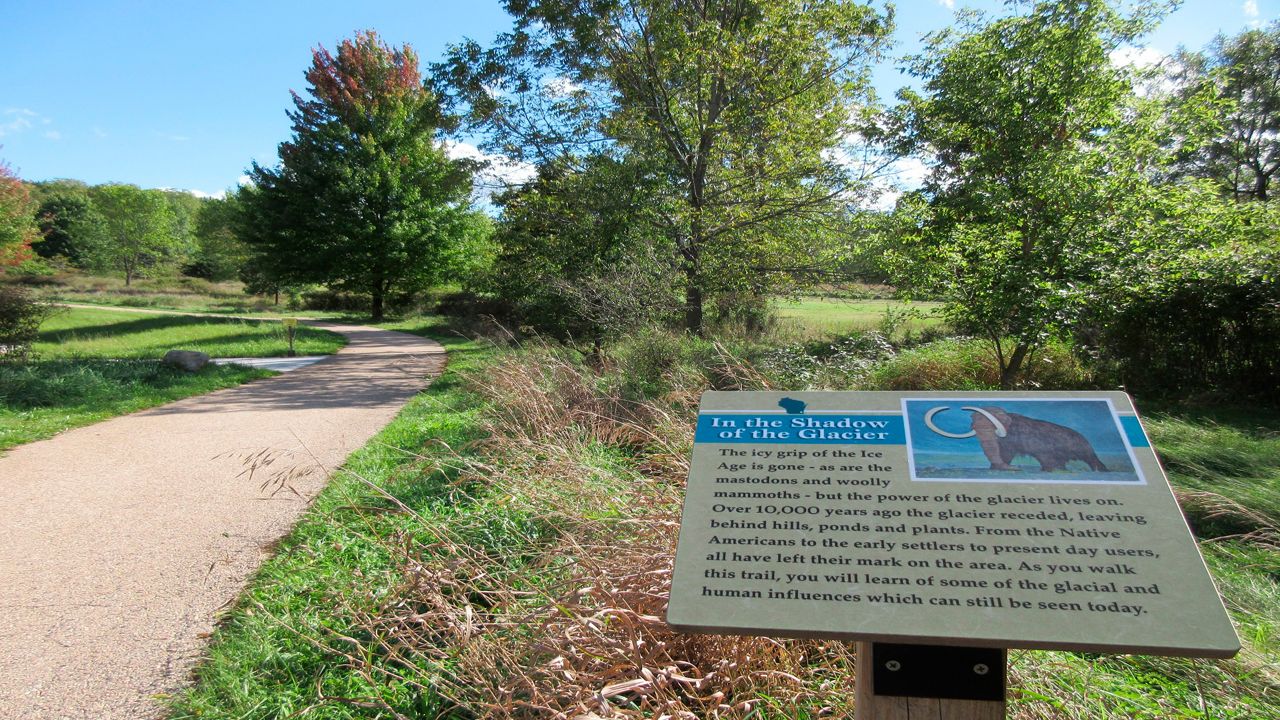MILWAUKEE (SPECTRUM NEWS) — Last week, nature lovers across the U.S. received some big news: The Great American Outdoors Act was signed into law, securing funding for environmental efforts across the country.
“This is a very significant investment in conservation in the United States, as well as in Wisconsin. Probably the most significant decades,” says Keith Warnke, administrator of the Fish, Wildlife, and Parks Division for the Wisconsin Department of Natural Resources. “It's a monumental step forward.”
President Trump signed the act on Tuesday. The measure had previously sailed through Congress with bipartisan support, including from Wisconsin legislators: Rep. Mike Gallagher called the act “the most significant conservation package in a generation and a huge win for Northeast Wisconsin,” while Sen. Tammy Baldwin said it would help preserve the state’s tradition as “a national leader for conservation.”
Through this legislation, the government commits to spending nearly $3 billion each year on conservation, national parks, and other maintenance of public lands.
Some of that funding will go toward the Land and Water Conservation Fund (LWCF), which was created in 1964 to reinvest profits from offshore drilling fees into maintaining public lands. The LWCF previously didn’t have permanent, guaranteed funding, and in recent years hasn’t received the full $900 million it’s authorized to spend, explains Megan Severson, state director for the advocacy group Wisconsin Environment.
“The big news is that, finally, there's a lock and key on money that always was intended for conservation projects, but for decades has been consistently diverted to other purposes,” Severson says.
Over the past 50 years, the LWCF has sent more than $200 million to support Wisconsin sites including the Ice Age National Scenic Trail, the Chequamegon-Nicolet National Forest, and the Apostle Islands National Lakeshore, according to the LWCF Coalition.
The Ice Age Trail has used $14 million of that funding to expand its reach of protected lands, says Kevin Thusius, director of land conservation for the Ice Age Trail Alliance. Through LWCF funds, combined with state and private sector donation matches, he says the trail has brought in some of its “most vital” sections.
The Great American Outdoors Act means more funding could be available for the trail to finish filling in the gaps of its “tapestry” of lands stretching through the state, Thusius says. He and his team, along with DNR and NPS partners, are still working to buy or officially protect sections of land, so that the trail and its surrounding areas all become part of the trail's conservation work. To complete the full path matching the route of ancient glaciers across the state, he estimates the trail needs about 500 more miles of land.
“We don't make more land,” he says. “So preserving some of these great places now is really important, before we lose them.”
In addition to the bigger expanses of state and national parks, Severson says the LWCF helps with local projects that let people enjoy the outdoors in their neighborhoods: bike trails, public parks, playgrounds, and the like. Even these smaller spaces can be a major benefit for people’s physical and mental health, she says.
Warnke says past funding has helped build an accessible fishing pier in Chippewa Falls and support Milwaukee Public Schools in creating green spaces on the city’s south side. More funding could mean even more ways for people to access public land and appreciate the “health and wellness and recuperation” that comes along with being outdoors, he says.
Along with strengthening the LWCF, the Great American Outdoors Act authorizes $9.5 billion to address a backlog of repairs in national parks and other public lands — although some critics of the law said the true maintenance cost would be closer to $20 billion.
Thusius says some sections of the Ice Age Trail are fraught with “ailing infrastructure” that could use the support. He says there are miles of decades-old boardwalk and bridges that could use an update.
“It is taking what we have and trying to make our outdoor spaces better, through some deferred maintenance that's long overdue,” Thusius says. “And then adding to it, making more outdoor space.”
Warnke predicts that investing in these projects could also help boost the state’s economy by giving work to local contractors and revamping the public lands that already draw in tourists from all over the country.
The COVID-19 pandemic has made it even more clear that there’s a strong demand for public lands, Warnke says, as it’s been a huge year for state park attendance. Campsite reservations in June and July were up about 33% from last year, according to the DNR. “I have seen more people on the Ice Age Trail than I've seen in several years combined,” Thusius adds.
For many Americans, and Wisconsinites in particular, outdoor recreation is “part of the fabric of our society,” Warnke says. Personally, he says he loves to spend time hunting and fishing with family. Severson adds that she cherishes the vast ecosystem along the Mississippi River, where she grew up, and Thusius says he’s a birder who always likes to keep an eye — and an ear — out for different species.
Because the Great American Outdoors Actis still so new, Warnke says he doesn’t know exactly how extra funds could be spent in Wisconsin. But the hope is that this measure will create long-lasting benefits for nature and humans alike.
“The impacts of this will last for generations to come,” Warnke says. “And it is about the here and now, but it's also about the future and next generations, and what they're going to have to enjoy.”



